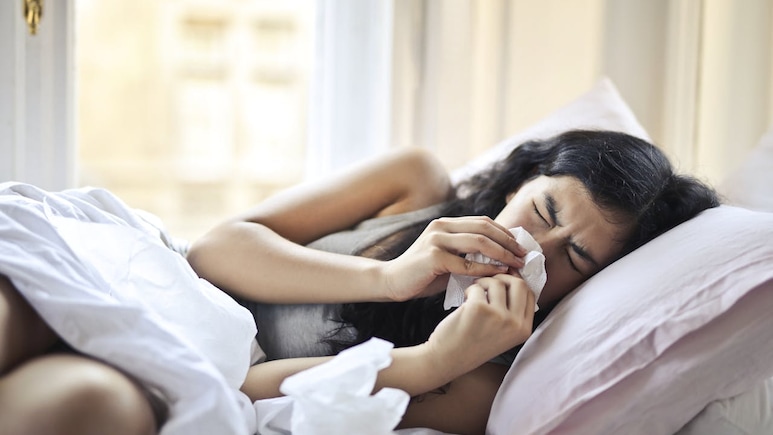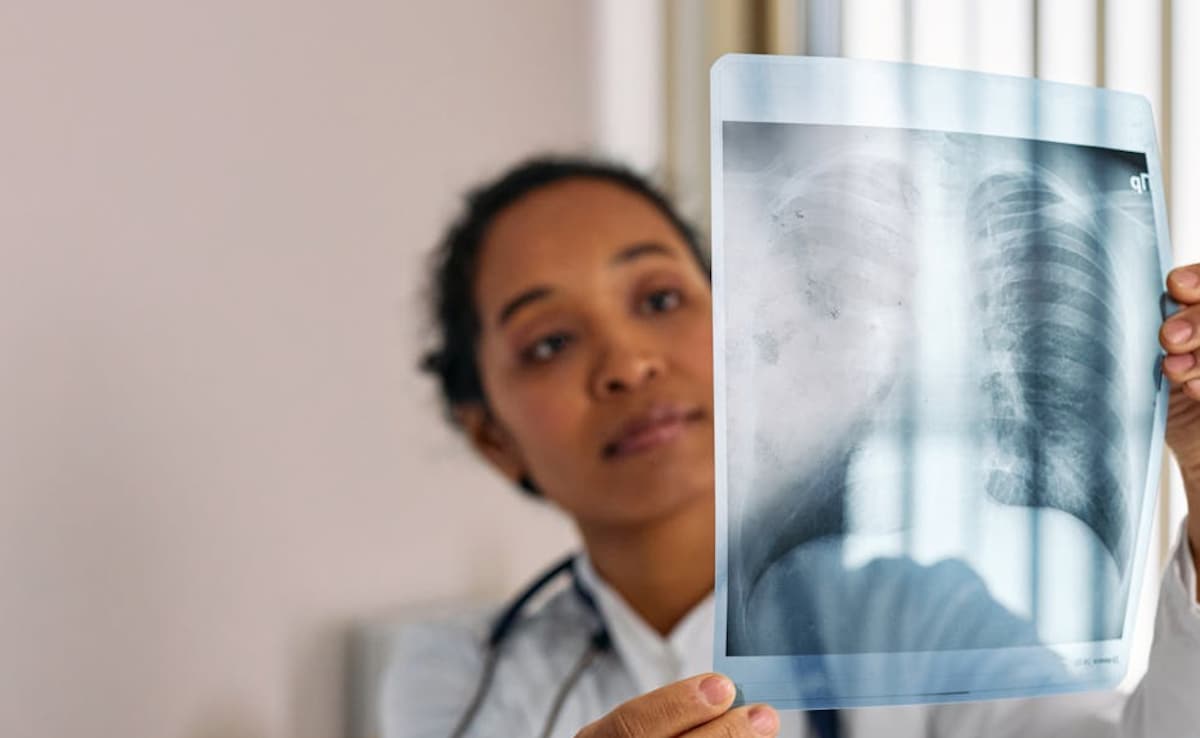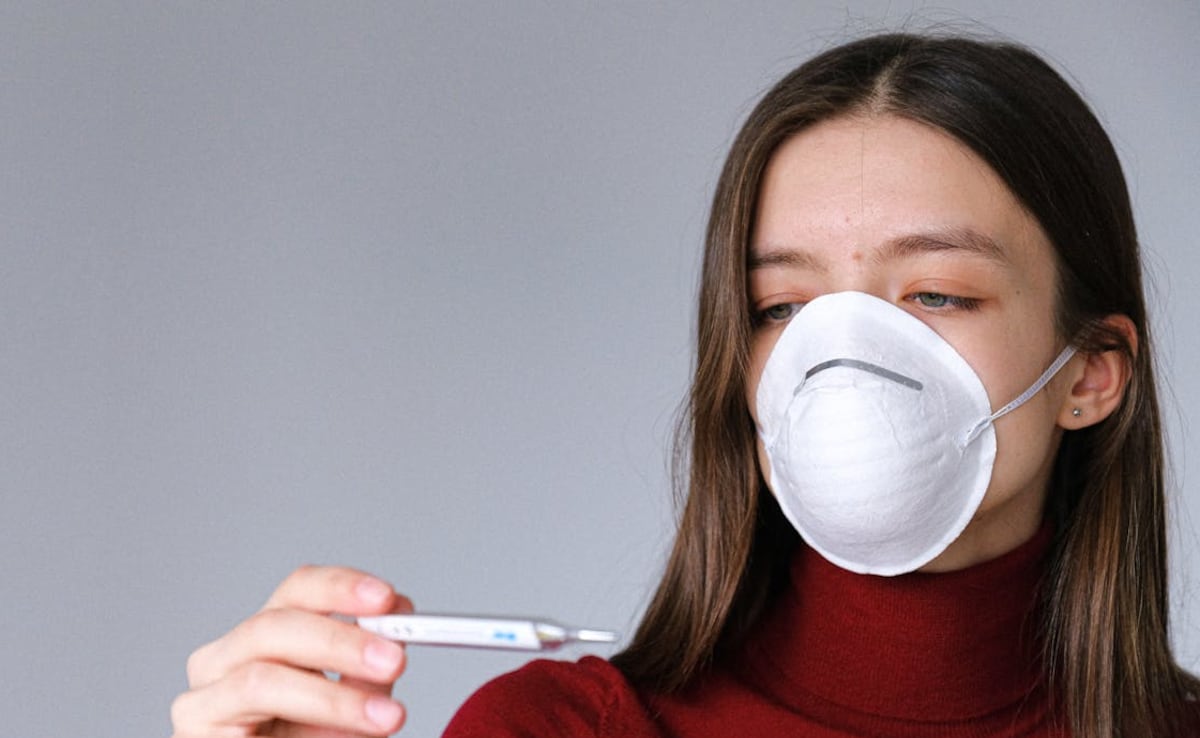
Let's be honest: monsoon is romantic until your chest starts feeling like a leaky umbrella. Those sudden chills, the phantom coughs, and that inexplicable fatigue? Often, these are early warning signs of pneumonia, which tends to surge during monsoon every year. Currently, with monsoon in full swing across India, pneumonia and other cases are indeed on the rise in some regions. In August 2025, Gujarat reportedly had a 22% increase in anti-infective sales, highlighting a spike in respiratory illnesses, including pneumonia, during the humid, rainy season. Reports link this to monsoon conditions-damp clothes, rain-slicked air, and stifled ventilation-that create the perfect breeding ground for pneumonia-causing bacteria and viruses.
This isn't just a statistic, but a call to action. So, here's a brief but practical guide to pneumonia, covering what pneumonia is, why monsoon worsens it in India, who's most at-risk, and how to spot symptoms early. We'll also offer prevention strategies, from hygiene to vaccination, and share practical care tips to protect you and your loved ones. Monsoon should be cozy, not hazardous. Let's keep it that way.
What Is Pneumonia?
Pneumonia is an infection of the lung's air sacs (alveoli), which may fill with fluid or pus, making breathing difficult. Its causes span bacteria, viruses (like RSV or influenza), and even fungi. Symptoms often include persistent cough, chest pain, fever, and breathlessness. In India, Streptococcus pneumoniae is a common culprit, especially in community-acquired pneumonia, alongside Klebsiella pneumoniae in older adults-as a 2024 study in the journal Cureus clearly indicates.

Photo Credit: Pexels
Why Pneumonia Spikes In Monsoon
Monsoon uniquely amplifies risk factors for numerous health issues and ailments. Here are some such risk factors that you should beware of:
- High indoor humidity and poor ventilation create a haven for bacteria, fungi, and viruses that can infect lungs.
- Rain-wetting, or getting soaked without drying off, is significantly correlated with pneumonia, especially during H1N1 outbreaks. This is suggested by a 2012 study in The Indian Journal of Chest Diseases and Allied Sciences.
- Resurgence of respiratory viruses, including influenza A/B and RSV, plus fungal infections, hits vulnerable populations hard during rains.
Who's Most At Risk?
The following groups face higher risk of getting pneumonia during monsoon:
- Young children and elderly, because they have weaker immune defenses and lung function.
- Individuals with chronic conditions like COPD, asthma, or heart disease.
- Smokers, those living in crowded or polluted homes, or with poor indoor air control.
- Immunocompromised individuals, including diabetics and those with suppressed immunity.
Recognising The Red Flags For Pneumonia
If you or a loved one have the following signs, seek medical attention quickly:
- Persistent fever with productive cough or chest pain,
- Difficulty breathing or chest tightness,
- Confusion (especially in children/elderly),
- Early diagnosis and management, often involving chest X-rays and possibly antibiotics or antivirals, can significantly reduce danger.

Photo Credit: Pexels
Prevention Tips You Can Do Today
Here are some easy preventive steps you can take to keep pneumonia at bay:
- Stay dry and change out of wet clothes promptly (to prevent rain-wetting).
- Ensure good ventilation. Even during rains, crack a window or use exhaust fans.
- Maintain hygiene. Wash hands frequently, disinfect high-touch surfaces, steps that are effective against pathogens.
- Avoid crowded, poorly ventilated spaces, especially during rain-heavy days.
- Consider mask-wearing in public indoor spaces during monsoon.
- Stay hydrated, eat balanced food, and rest well to support immunity.
Care Tips If You Or Your Loved One Has Pneumonia
If someone in your circle is already suffering from pneumonia, keep the following in mind:
- Follow prescribed treatment diligently-antibiotics for bacterial, antivirals/others for viral causes.
- Do steam inhalation and keep humidity moderate to ease breathing.
- Use spectacle of home-based oxygen or humidifier as recommended by a clinician.
- Get vaccinated against pneumonia in vulnerable populations where advised; consult your doctor.
- Monitor symptoms for red flags such as worsening breathlessness, persistent high fever, or confusion. Seek hospital care promptly if these arise.
Monsoon shouldn't mean more coughs, hospital visits, or worry. By understanding why pneumonia spikes-thanks to damp air, viruses, and poor indoor environments-and adopting health-conscious habits and precautions, you can keep yourself and your loved ones safe. Stay cozy, stay dry, and breathe easy this monsoon.
Disclaimer: This content including advice provides generic information only. It is in no way a substitute for a qualified medical opinion. Always consult a specialist or your own doctor for more information. NDTV does not claim responsibility for this information.
References
1. NDTV. (2023, July). Why monsoon triggers respiratory illnesses in India; 5 ways to stay safe. NDTV Health.
2. Choudhury, G., Chanda, R., & Chatterjee, S. (2018). A study on the etiology and clinical manifestations of community-acquired pneumonia in adults in Western India. Journal of Family Medicine and Primary Care, 7(6), 1355-1360.
3. Mishra, A., et al. (2012). Clinical profile of pneumonia and its association with rain wetting in patients admitted at a tertiary care institute during pandemic of influenza A (H1N1) pdm09 virus infection; The Indian Journal of Chest Diseases and Allied Sciences.
4. Centers for Disease Control and Prevention (CDC). (2023). Pneumonia: Prevention and treatment.
Track Latest News Live on NDTV.com and get news updates from India and around the world

